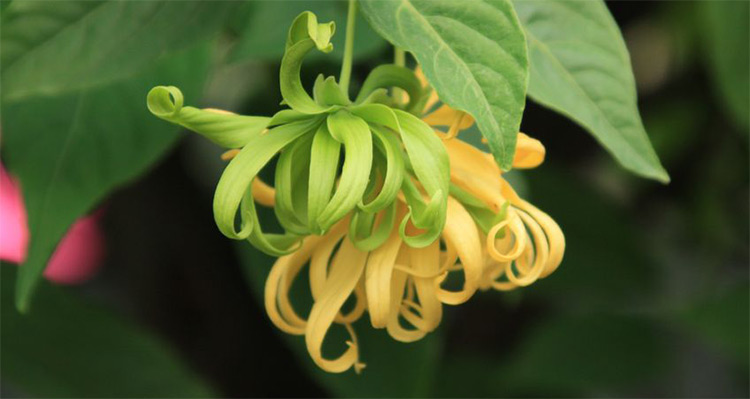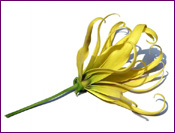Cananga Essential Oil
Cananga odorata / Cananga odorata var macrophylla

Description
Cananga Essential Oil is sometimes used as an economical substitute for Ylang Ylang Oil in fragrancing applications.

Both trees share many similarities, and that can pose a lot of confusion. Aromatically, Cananga Oil resembles Ylang Ylang Oil, but it is less floral and is commonly described as being greener than ylang ylang. Though Cananga Essential Oil is sometimes treated as an inferior cousin to Ylang Ylang Oil, there are those that prefer its aroma. Cananga and Ylang Ylang have different chemical compositions, and their therapeutic uses differ.
Cananga Essential Oil Benefits and Uses
- Oily Skin/Hair
- Insect Bites
- High Blood Pressure
- Anxiety
- Nervous Tension
- Stress
- Fragrancing
Source: Julia Lawless, The Encyclopedia of Essential Oils (Updated Edition) (London: Harper Thorsons, 2014), 60-61.
Botanical Name
Cananga odorata / Cananga odorata var macrophylla
Plant Family

Common Method of Extraction
Steam Distilled
Plant Part Typically Used
Color
Pale Yellow
Consistency
Thin
Perfumery Note
Middle
Strength of Initial Aroma
Medium
Aromatic Description
Cananga Essential Oil smells floral, sweet and slightly woody.
Cananga Sustainability and Conservation Status
Least Concern
Source: https://www.iucnredlist.org/species/61984545/156221485
To learn more about the conservation status of essential oil bearing plants and how to use the IUCN Red List of Threatened Species, please refer to AromaWeb's Guide to Essential Oils and Sustainability.
Major Constituents
- B-Caryophyllene
- a-Caryophyllene
- Germacrene D
- delta-Cadinene
- Linalool
See Essential Oil Safety for a more complete list of typical constituents.
Source: K.H. Kubeczka, Essential Oils Analysis by Capillary Gas Chromatography and Carbon-13 NMR Spectoroscopy, Second Edition. (Chichester: Wiley, 2002). Source cited in Robert Tisserand and Rodney Young, Essential Oil Safety (Second Edition. United Kingdom: Churchill Livingstone Elsevier, 2014), 229.
Cananga Essential Oil Safety Information
As with ylang ylang, be careful when first using Cananga Essential Oil as it may cause headaches for some individuals, especially if diffused in high concentration.
Tisserand and Young indicate that there is generally a moderate risk of sensitization. They recommend a dermal maximum of 0.8%. [Robert Tisserand and Rodney Young, Essential Oil Safety (Second Edition. United Kingdom: Churchill Livingstone Elsevier, 2014), 229.]
General Safety Information
Do not take any oils internally and do not apply undiluted essential oils, absolutes, CO2s or other concentrated essences onto the skin without advanced essential oil knowledge or consultation from a qualified aromatherapy practitioner. For general dilution information, read AromaWeb's Guide to Diluting Essential Oils. If you are pregnant, epileptic, have liver damage, have cancer, or have any other medical problem, use oils only under the proper guidance of a qualified aromatherapy practitioner. Use extreme caution when using oils with children and be sure to first read the recommended dilution ratios for children. Consult a qualified aromatherapy practitioner before using oils with children, the elderly, if you have medical issues or are taking medications. Before using this or any essential oil, carefully read AromaWeb's Essential Oil Safety Information page. For in-depth information on oil safety issues, read Essential Oil Safety by Robert Tisserand and Rodney Young.
Shelf Life
Important Information About the Profiles
The essential oil information provided on AromaWeb is intended for basic educational purposes only. The references to safety information, test results, constituents and percentages is generalized information. Essential oils can vary greatly in composition. The data is not necessary complete and is not guaranteed to be accurate. The essential oil photos are intended to represent the typical and approximate color of each essential oil. However, essential oil composition and color can vary based on harvesting, distillation, age of the essential oil and other factors. Profiles for several CO2 Extracts and absolutes are included within the directory, and are denoted as such.
